Ташкент буквально захлёбывается в цементной пыли. И проблема связана не только с многочисленными стройками по всему городу, но и с совершенно абсурдным решением, принятым во времена бывшего хокима Джахонгира Артыкходжаева. Как вообще хокимияту пришла в голову мысль массово бетонировать тротуары и внутриквартальные дороги — остаётся загадкой. То ли кто-то из производителей цемента решил «подзаработать», то ли кто-то из чиновников просто не подумал о последствиях. Однако теперь все мы пожинаем плоды этого решения, и последствия, мягко говоря, пугают.
Спустя всего пару лет бетонные дорожки и тротуары, которые якобы должны были стать символом долговечности и прогресса, начали трескаться, превращаясь в облака пыли, которые сегодня буквально отравляют жителей города. Вместо долгожданной инфраструктуры мы получили город, в котором невозможно дышать.
Чем опасна цементная пыль?
Цементная пыль — это не просто мелкое неудобство. Она может стать настоящим убийцей для вашего здоровья. Каждый день жители Ташкента вдыхают эту пыль, не подозревая, какие последствия это может иметь для их лёгких. Постоянное вдыхание цементных частиц может привести к хроническим заболеваниям дыхательной системы: бронхитам, астме и даже пневмокониозу — болезням, которые трудно лечить. И это не говоря о более серьёзных проблемах, таких как повреждение тканей лёгких или воспаления в организме.
Цементная пыль не только влияет на дыхательную систему, но и наносит вред сердцу, ухудшает общее состояние здоровья, вызывает аллергии. Власти всё это знают? Безусловно! Но проблема в том, что исправлять свои ошибки они не спешат.
«Гению», который закатал весь город в бетон, нужно выдать цементную медаль размером с тазик, повесить на шею и утопить в Анхоре. Всё бетонное покрытие превратилось в труху за какой-то год, то есть мало производителям цемента было травить нас выбросами, они решили доставить эту пыль прямо в наши лёгкие. Крошащиеся цементные тротуары так же вредят экологии, как и выбросы. И пока кто-то за наш счёт катается по Дубаям, мы эту пыль глотаем, как витамины», — отметила журналистка, общественный деятель, основательница проекта «Мушуккент» Александра Иванюженко.
По её словам, всё цементное покрытие в городе нужно переделывать. Ответственного за этот «городской дизайн» наверняка не найдут, но, возможно, городские власти перестанут ждать, пока мы весь цемент снюхаем?
Почему всё развалилось так быстро?
Нас убеждали, что бетонные дорожки — это решение всех проблем. Говорили, что это экономично, экологично и главное — долговечно. Но, кажется, чиновники «забыли» добавить, что долговечность в их понимании — это пара лет, а затем город будет просто задыхаться от пыли. Почему так случилось?
Во-первых, возникает вопрос о качестве материалов. Использовали ли вообще качественный цемент при строительстве? Или, как это часто бывает, на всём просто решили сэкономить? Глядя на то, как быстро тротуары превратились в труху, можно предположить, что сэкономили на всём, на чём только можно.
Во-вторых, технологии укладки явно были нарушены. Когда подрядчики работают на «авось», соблюдение стандартов — это последнее, о чём они думают. Результат на лицо: тротуары начали рассыпаться практически сразу после завершения работ.
Не менее важным фактором является климат. Ташкент — это не Лондон и не Москва, здесь совершенно другие погодные условия. Жара и резкие температурные перепады оказывают серьёзное влияние на бетонные покрытия. И хотя это должно было быть учтено при строительстве, почему-то решили, что климат можно победить обычным бетоном.
Наконец, полное отсутствие ухода за этими покрытиями только усугубило ситуацию. Вместо того чтобы вовремя поддерживать их в нормальном состоянии и проводить ремонтные работы, тротуары просто оставили на произвол судьбы, что в итоге привело к ещё более быстрому разрушению.
Что делать?
Ситуация настолько вышла из-под контроля, что просто «подкрасить» или «поправить» тротуары уже не получится. Нужно срочно менять всё! Вот несколько шагов, которые могут исправить сложившуюся ситуацию.
Первым шагом должно стать полное удаление цементных покрытий. Нет смысла латать трещины и пытаться спасти то, что уже рассыпается. Старые покрытия нужно полностью убрать и заменить качественными и долговечными материалами.
Следующим шагом должно быть использование проверенных материалов. Асфальт или брусчатка — это те решения, которые давно доказали свою надёжность. Они не превращаются в труху через пару лет и не угрожают здоровью горожан, загрязняя воздух пылью.
Также необходимо наладить жёсткий контроль за качеством работ. Хокимият должен наконец-то серьёзно подойти к выбору подрядчиков. Строительство не должно доверяться кому попало. Необходим независимый контроль, который будет следить за тем, чтобы работы выполнялись по всем стандартам, а не «на авось».
И, конечно, нельзя забывать про обслуживание и своевременный ремонт. Даже самые качественные покрытия не прослужат вечно без должного ухода. Но для этого нужен чёткий план, система, реальная работа, а не пустые обещания, которые мы слышим каждый раз.
Ташкент заслуживает большего, чем быть городом, где трудно дышать из-за некачественного бетона. Хватит бездумных решений и временных «заплаток». Городские власти должны перестать играть в строителей и начать реально заботиться о городе и его жителях. А пока мы видим лишь разрушенные тротуары и дышим пылью, которая убивает нас медленно, но верно.

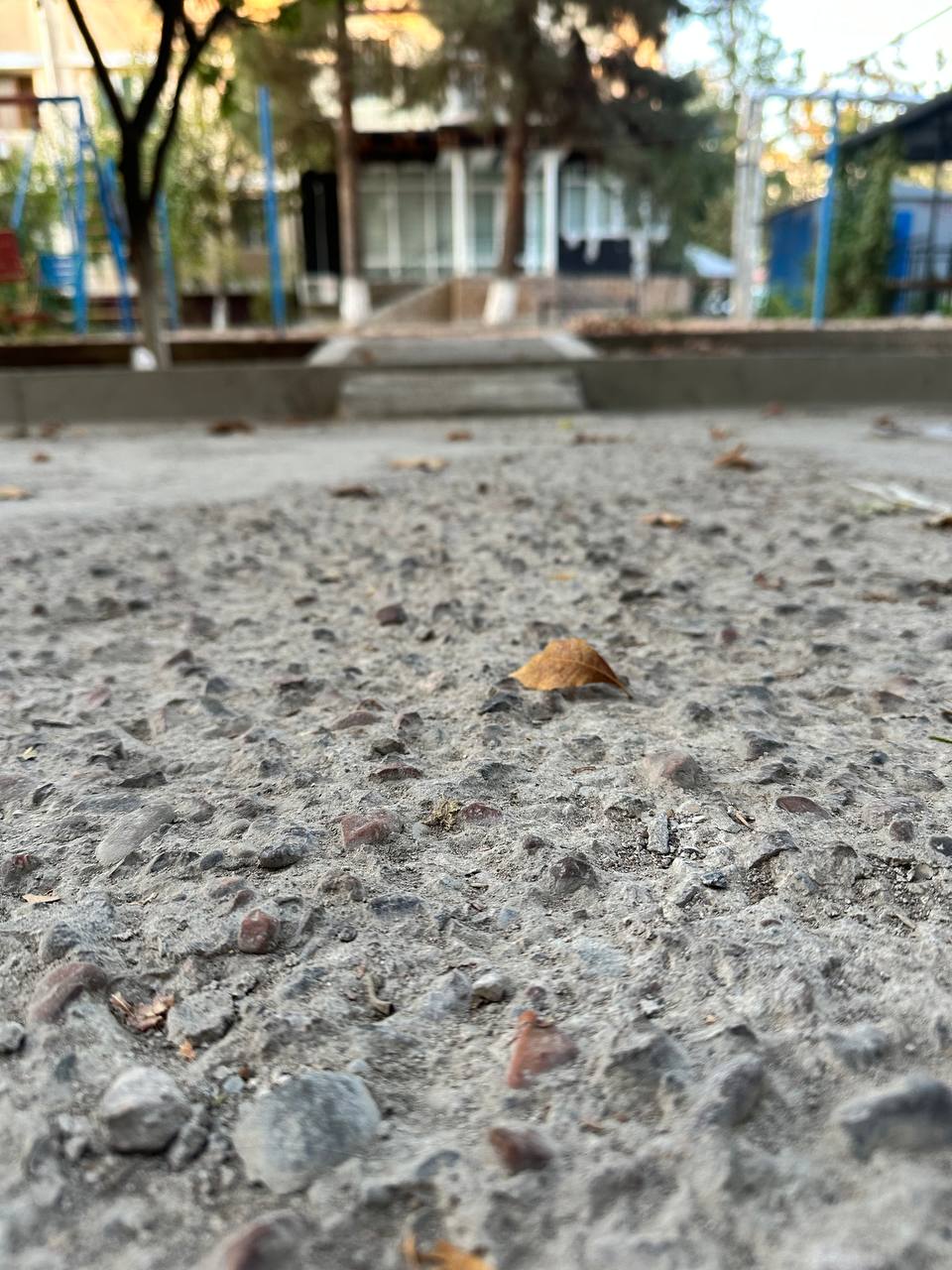

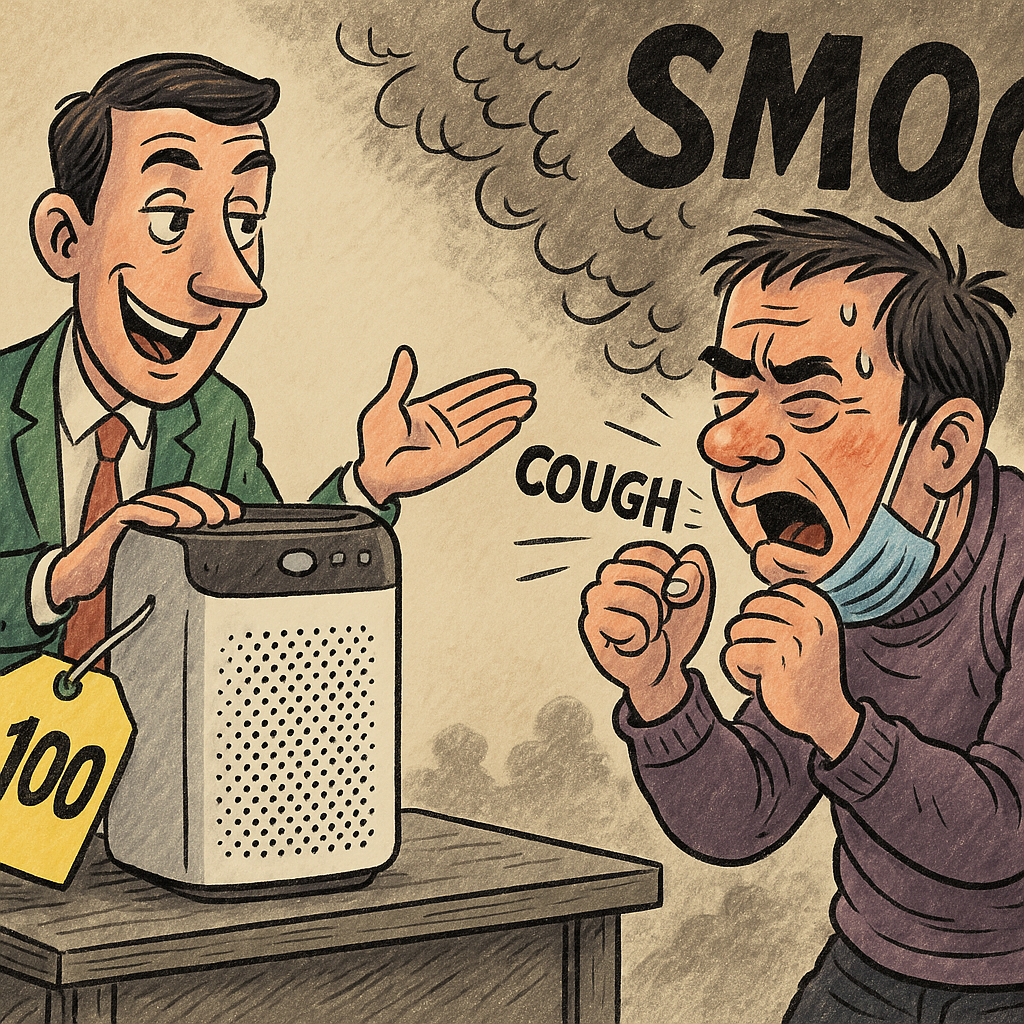
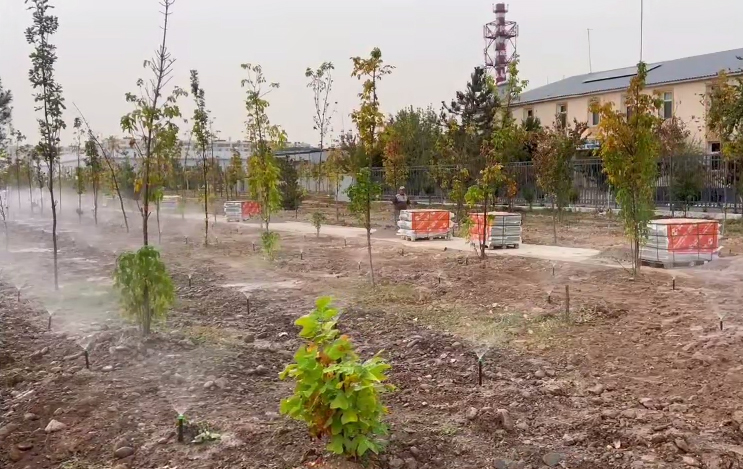

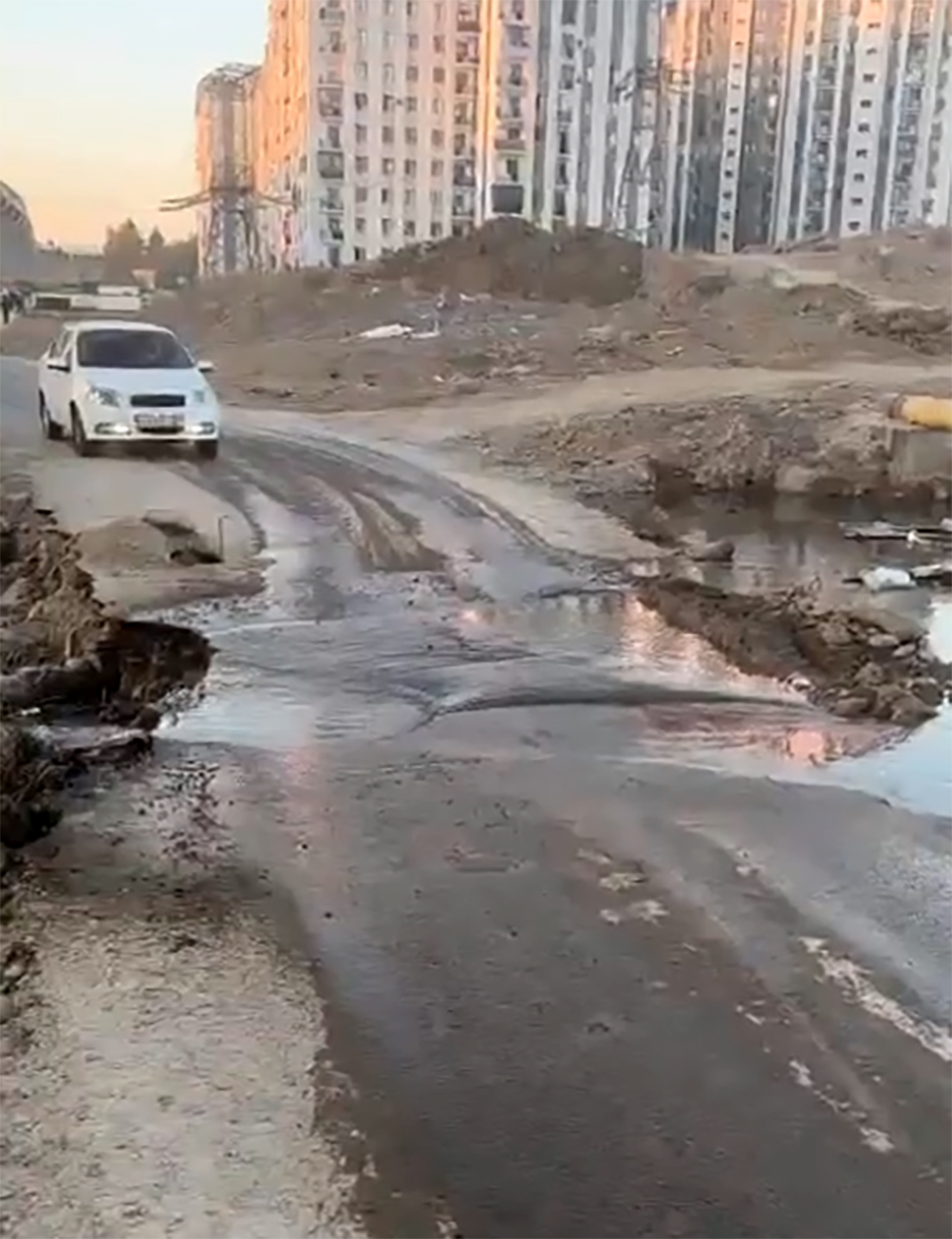
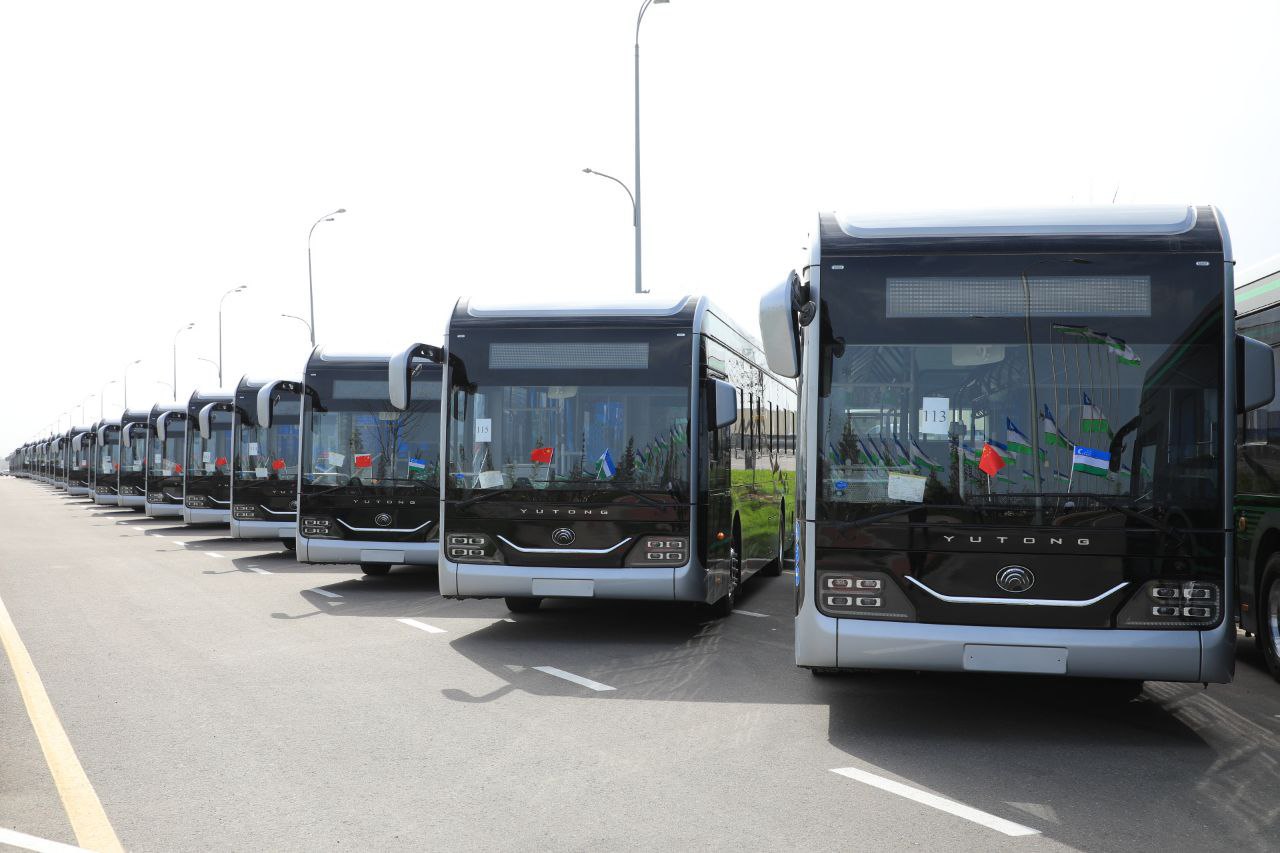
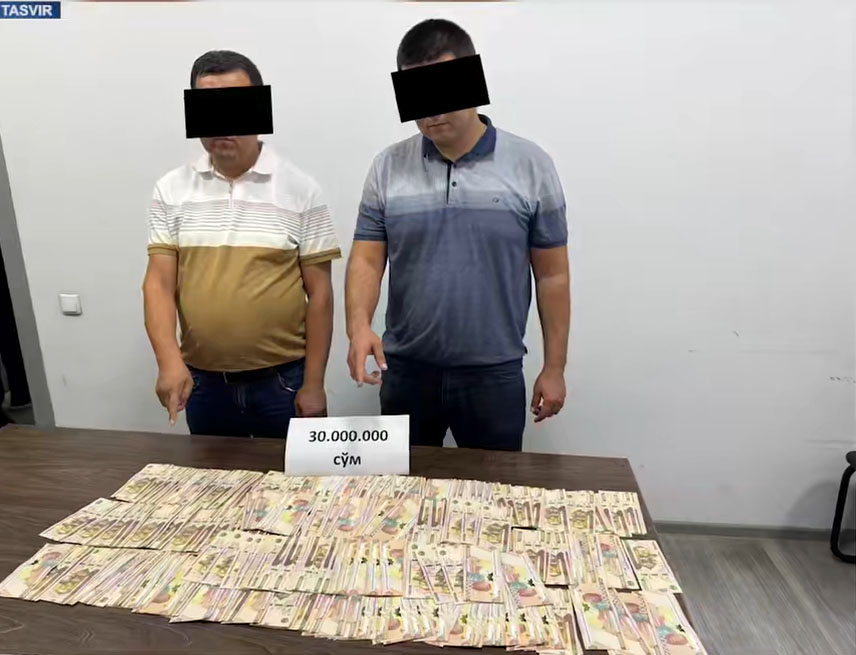
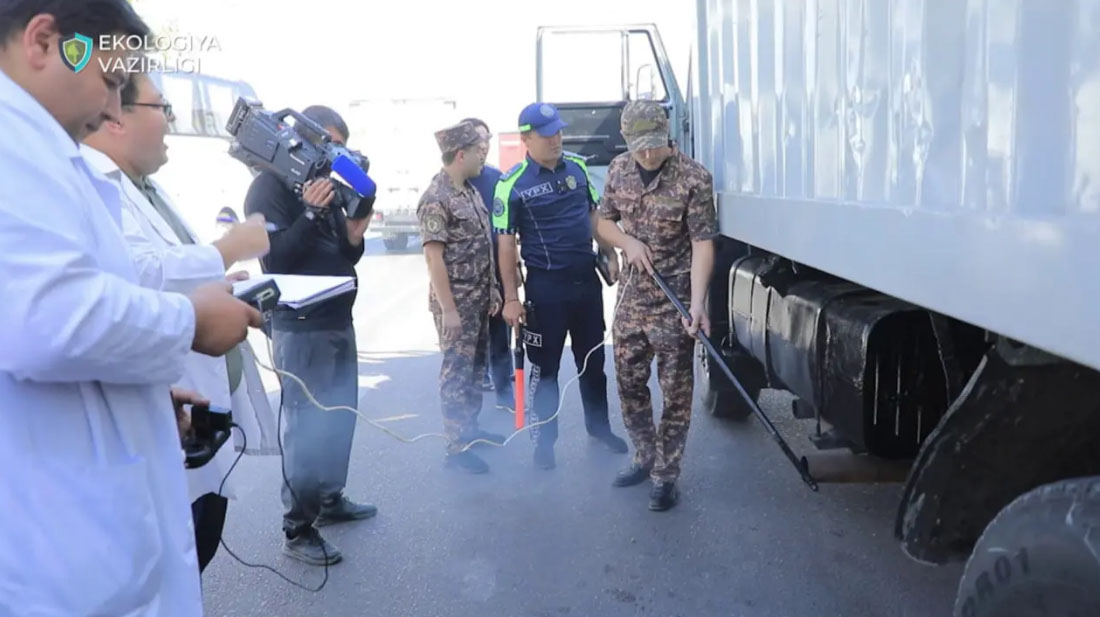
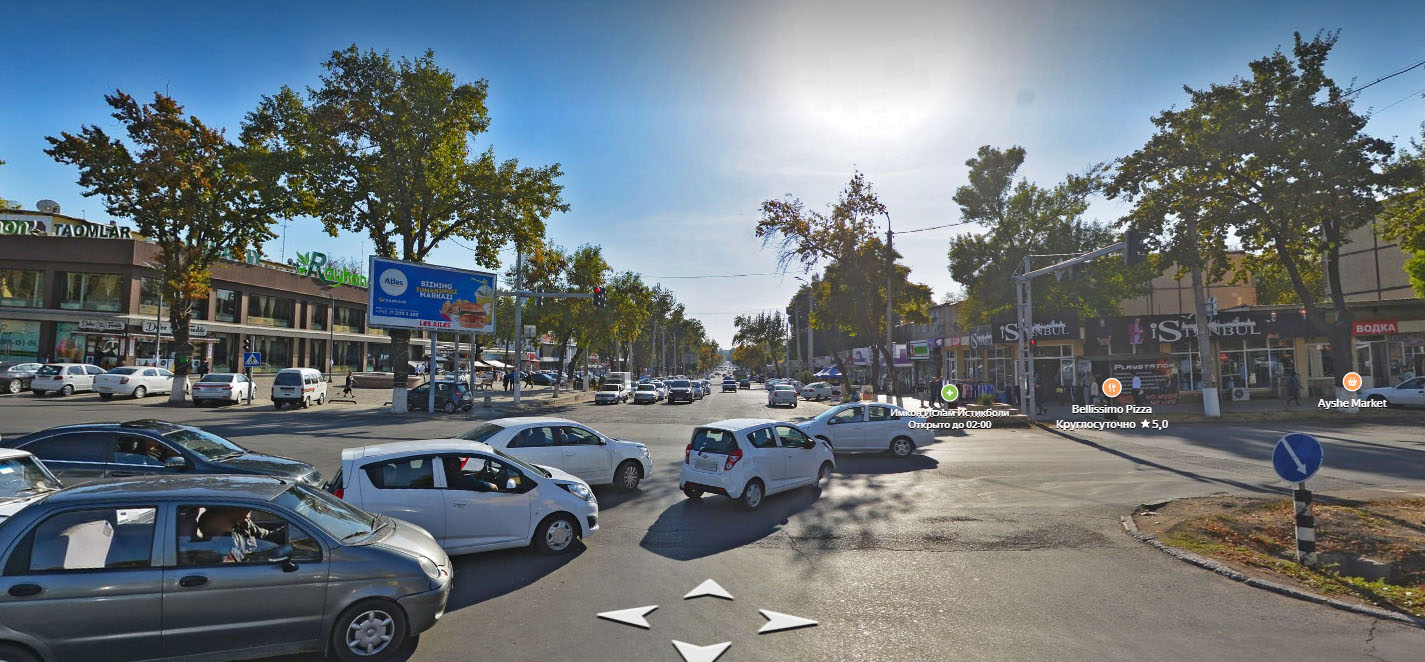
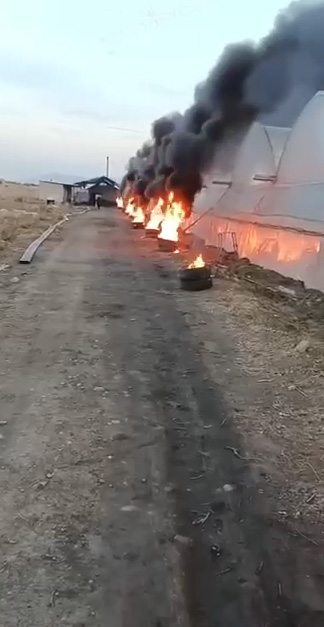
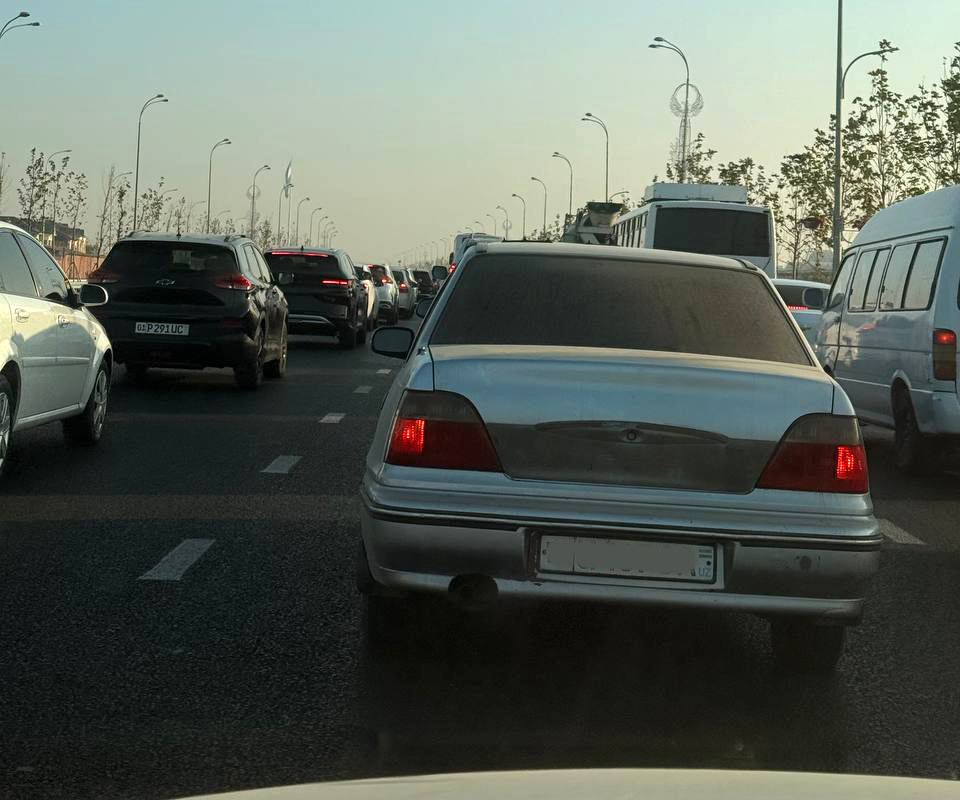
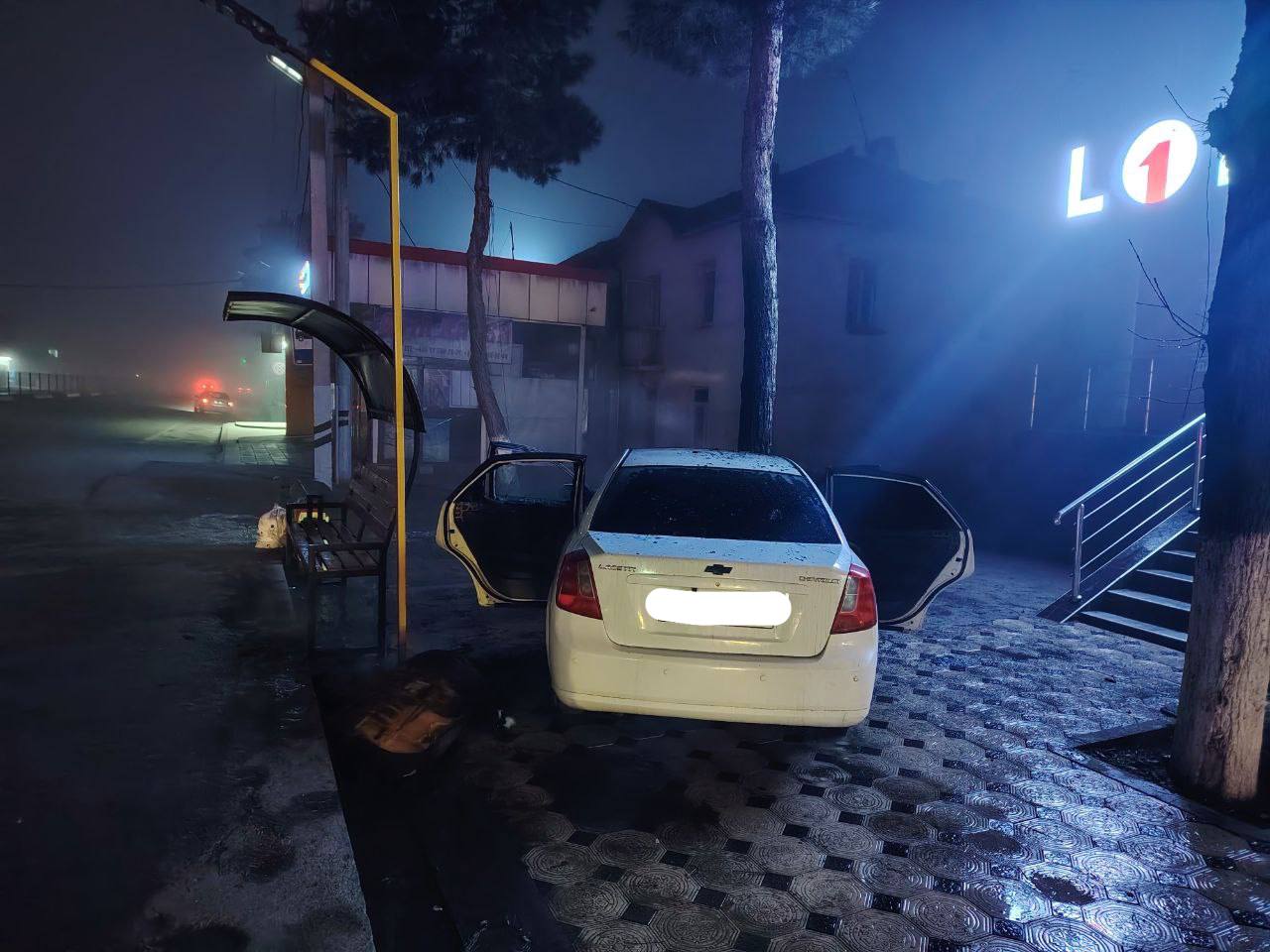
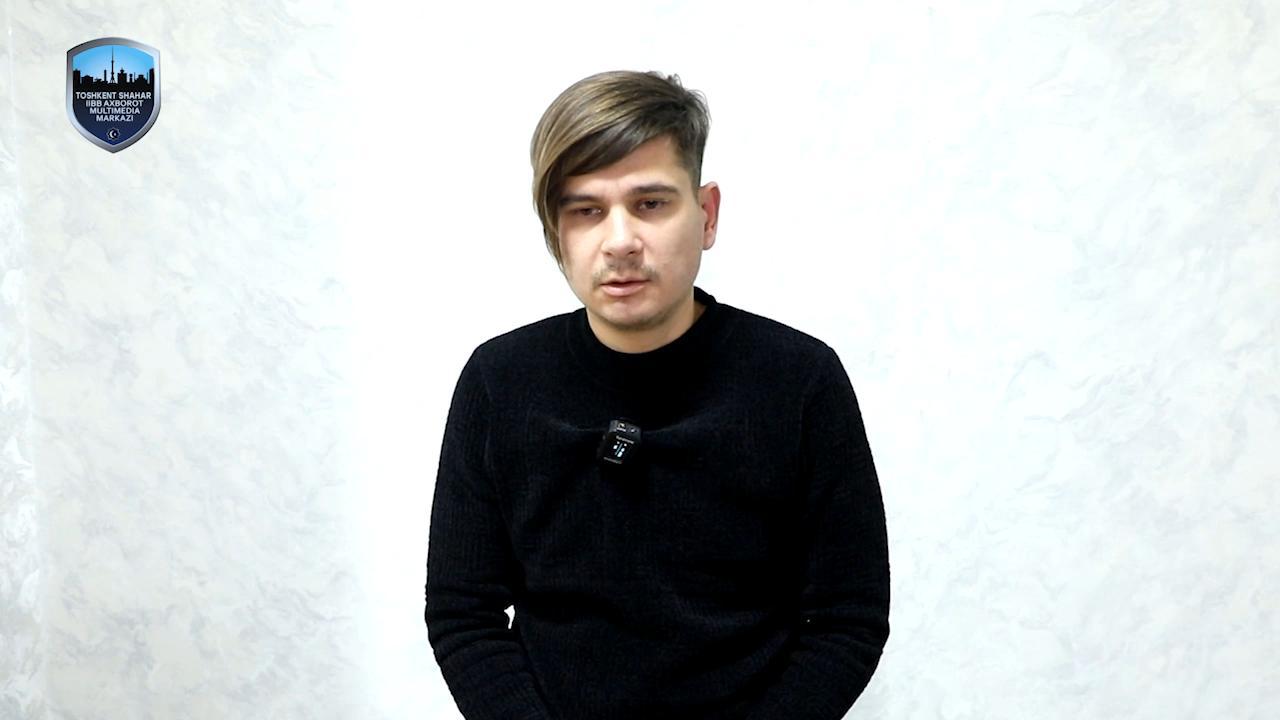
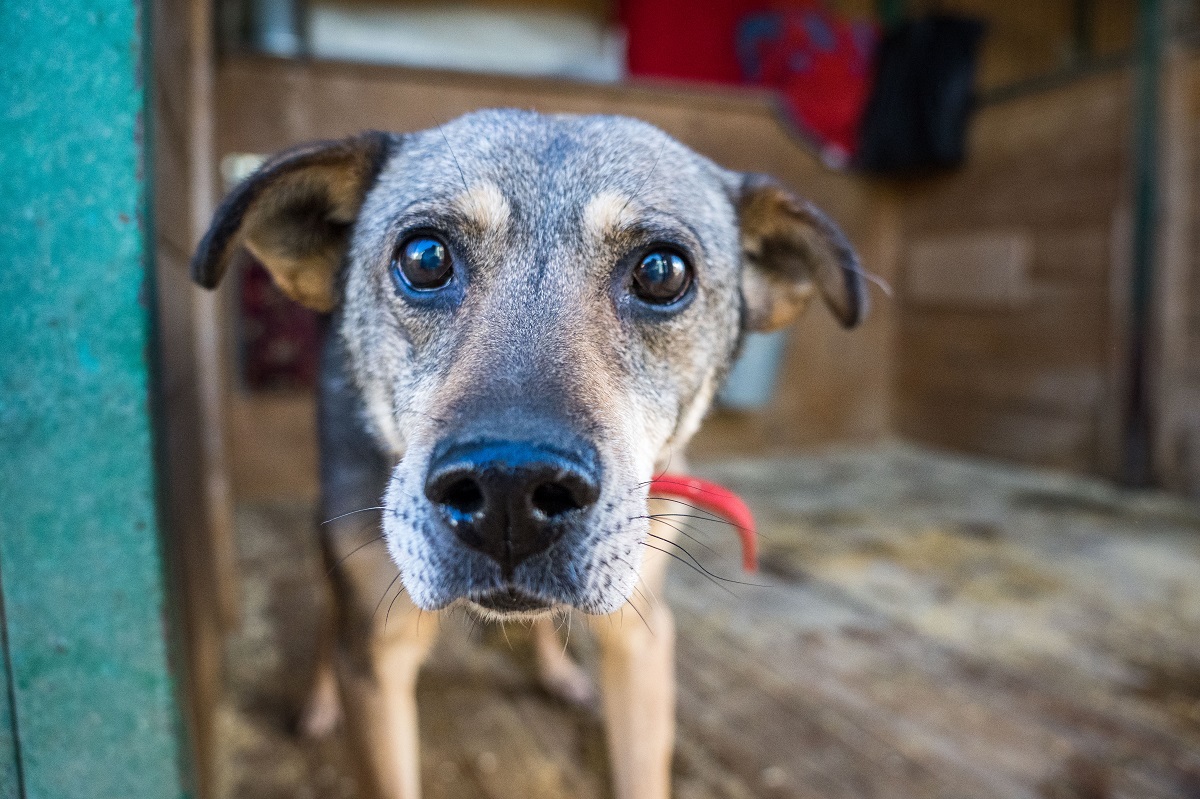
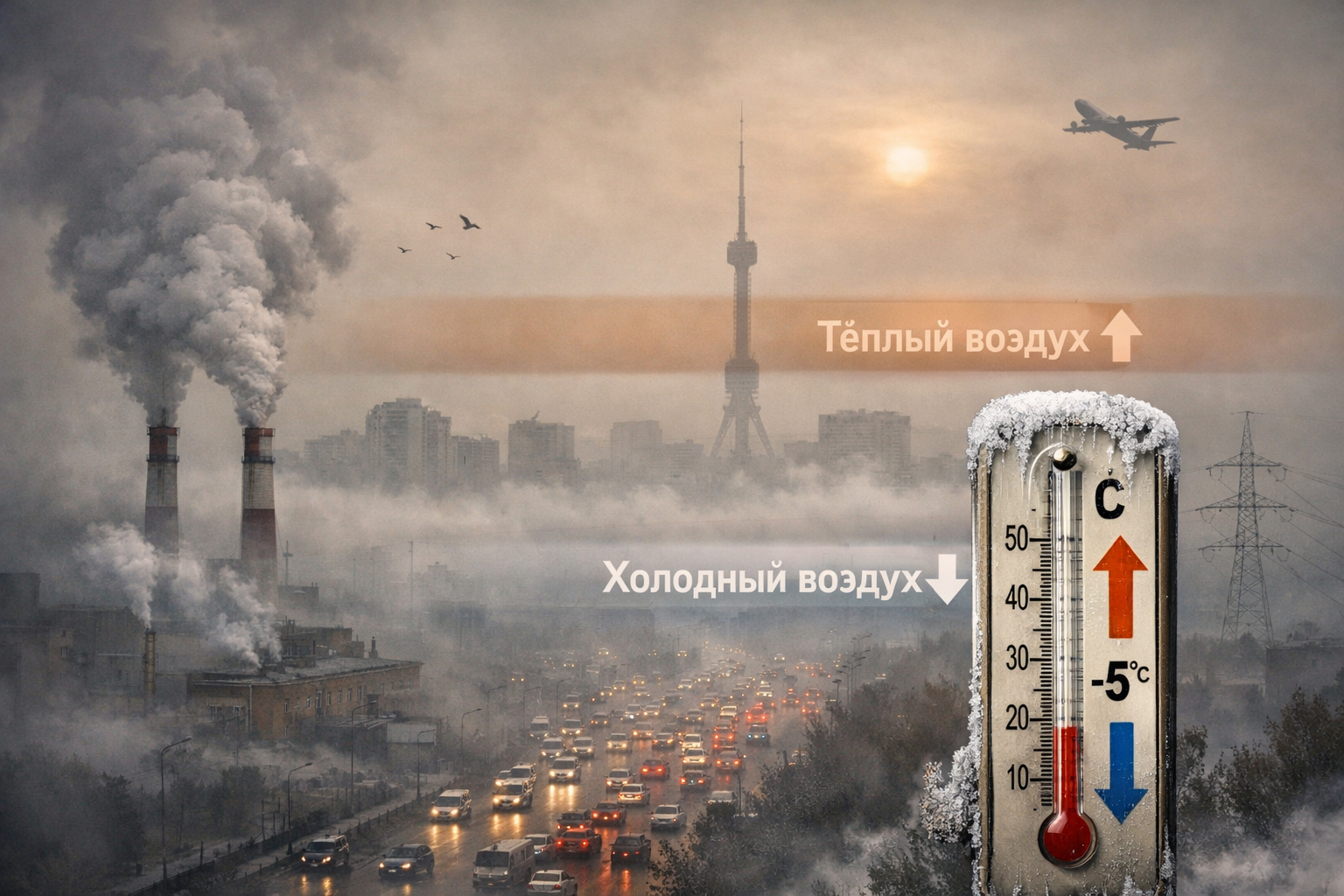
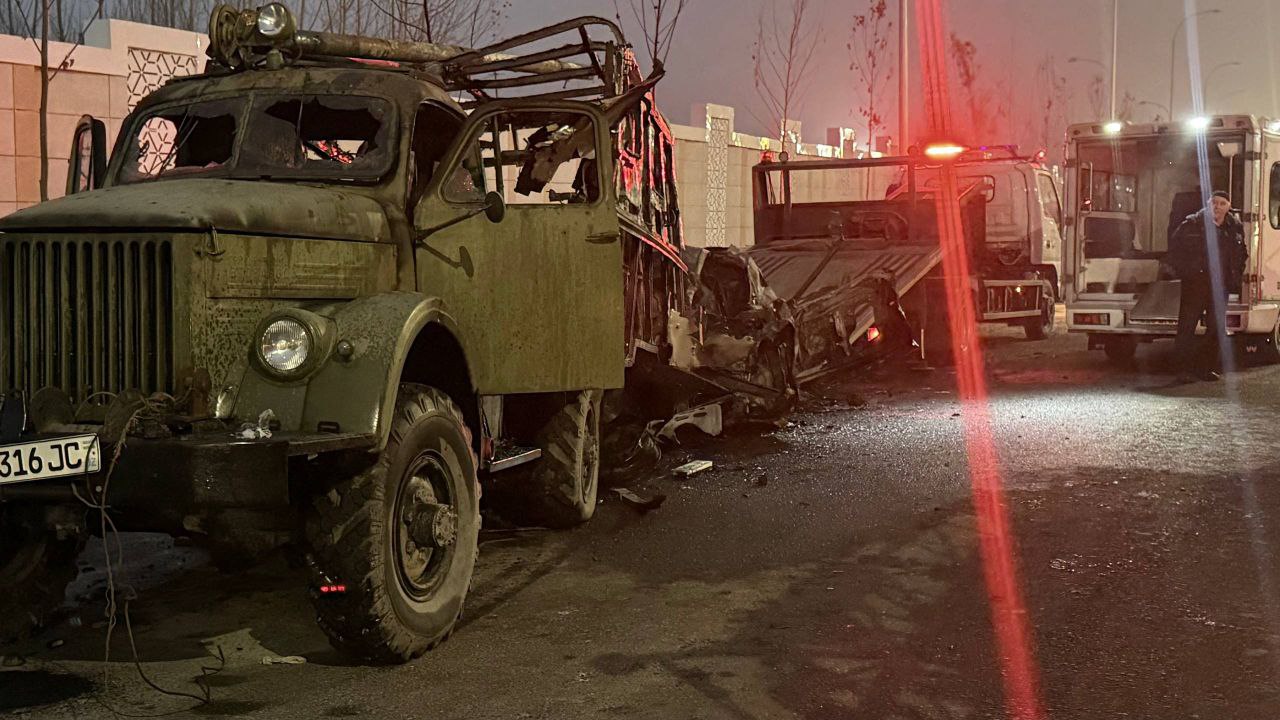

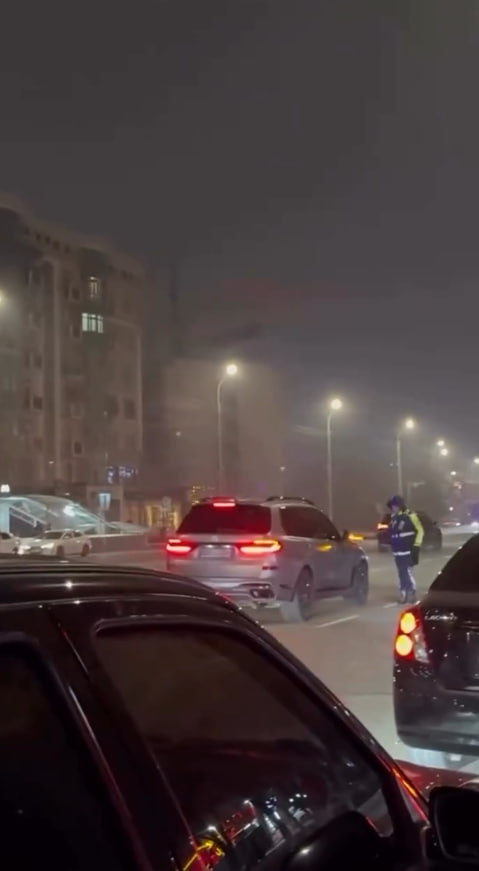

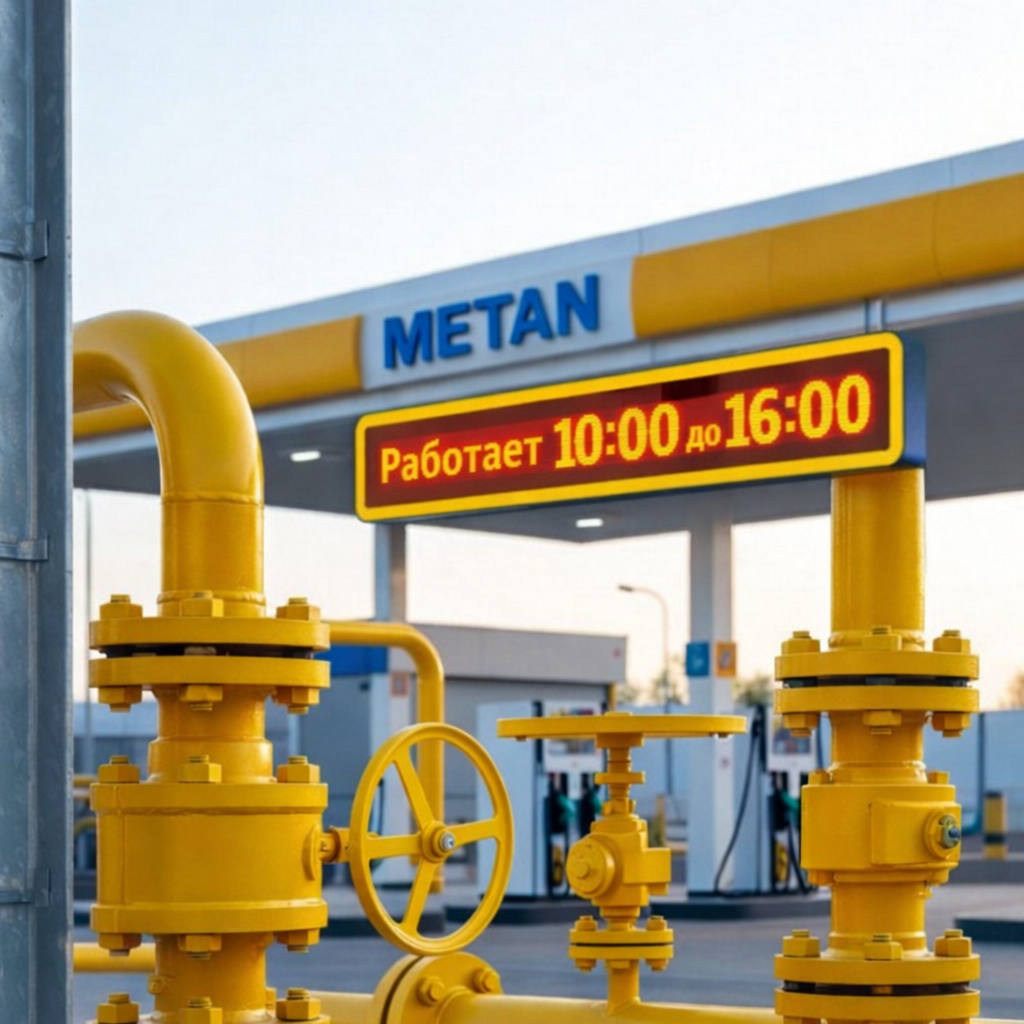
Наконец-то журналисты и общественность обратила внимание на эту проблему! Надо подписывать петицию в сенат. Пусть избранные нами депутаты решают эту проблему с властями города!. И необходимо призвать к ответственности тех, кто это дело затеял и реализовал. Наверняка мошеннический сговор присутствовал. Эти покрытия развалились сразу после первой зимы! Я подпишу первая эту петицию.
как это неизвестно кто виноват ? имя же указали, Артыкходжаев ! он и не скрывал свои намерения и планы , откройте СМИ того времени и прочитайте ! про долговечность он пел нам в уши песенку !
экологи где были ? тоже привлечь к ответственности ! завод изготовитель кто ? антимонопольный комитет спал и проспал тоже ? Минздрав ?
в хокимияте имеются все документы по данной установке бетонных тротуаров ! есть перечисления на счёт завода изготовителя ! это же убийство граждан !
а узбеки как всегда как стадо молчаливое ! хорошо русская женщина выступает !
а Кадыров молчит ? если бы Россия сейчас что то спросила бы о тротуарах, Кадыров тут как тут как чёртик выступил бы , сами решим ! ага ! решишь ты ! а Кушербаев ? где Кушербаев ? давно помалкивает , заметили ?
На что еще надо поднять цены , чтобы демонтировать бетон и закатать все в асфальт? Зачем ложить брусчатку, которая тоже будет положена , как всегда, и через полгода начнет шататься, греметь и выпадать из своийх ячеек? Кроме того, брусчатка очень скользкая. Почему не делать тротуары, как делали в прошлом веке? Асфальт , слегка выпуклый в середине для стока осадков к краям, и края не огораживать бордюрами и не превращать тротуары в каналы? Зачем изобретать свое убогое и неправильное? А деньги в любом случае можно отмыть, было бы желание
Пыль она и есть пыль